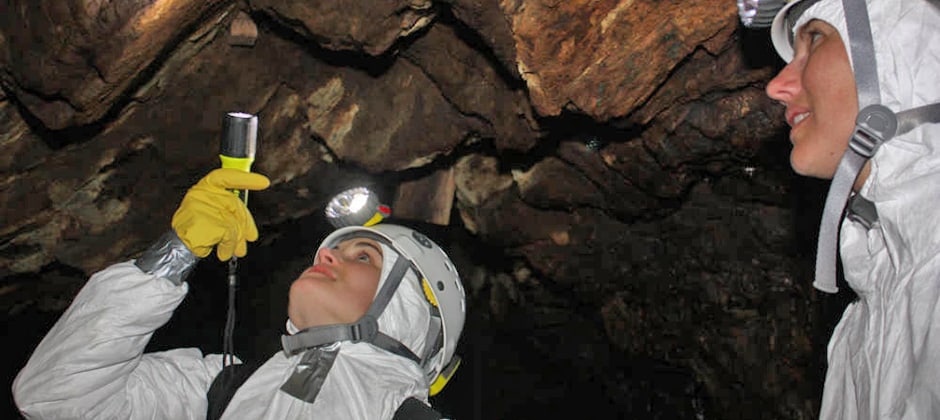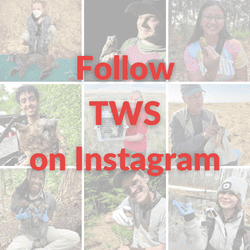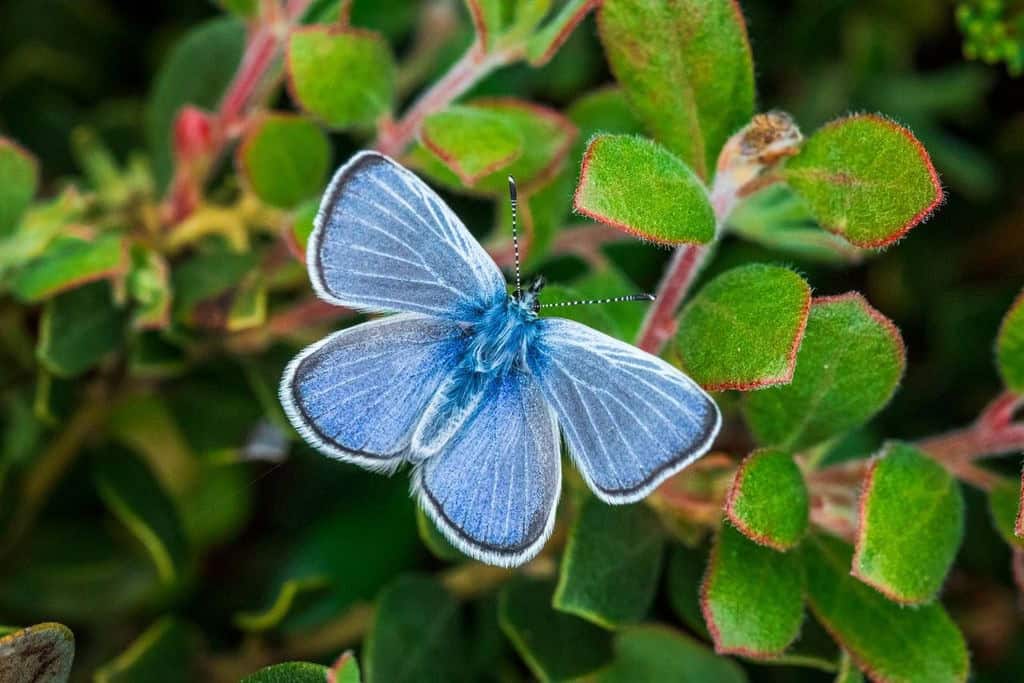Share this article
Amid pandemic, bat biologists change course
COVID-19 has affected everyone, and wildlifers are no exception. In this series, TWS is looking at challenges facing the profession due to the pandemic.
Biologists in Arizona became concerned last year when they found the fungus that causes the deadly bat disease white-nose syndrome in low but detectable levels at the Grand Canyon. This year, they planned to increase surveillance for the fungus — there and throughout the state — to see if it was still present and whether or not it was increasing.
Instead, that work has been suspended due to efforts to curtail the spread of COVID-19.
“This will impact what we know and how we will be able to respond in the future,” said Angie McIntire, bat project coordinator with the Arizona Game and Fish Department, whose work this year was to include Navajo County, where the rate of COVID-19 cases is the highest in the state.
Coping with the impacts of the novel coronavirus has been tough for many wildlifers. Some have been forced to delay fieldwork or cancel it altogether. Professors have been left conducting classes online. Managers have been kept from interacting with the public.
But it may be especially hard on researchers who study bats.
The novel coronavirus impacting people worldwide likely originated in a horseshoe bat in China. In North America, concerns have grown that the virus could affect bats here. That’s troubling for bats already hit hard by the deadly white-nose syndrome, which has devastated some populations. Some researchers fear that if they’re susceptible to the novel coronavirus, too, bats whose immune systems are compromised by white-nose syndrome could face an increased risk of mortality and put their populations at even greater risk.
Scientists also worry that researchers handling bats could pass the virus on to them, allowing the bats to spread it further.
The U.S. Fish and Wildlife Service and the Canadian Wildlife Health Co-Operative are both recommending the suspension of fieldwork involving the handling of bats. “We know that many mammals are susceptible to infection by a diversity of coronaviruses,” a USFWS spokesperson told the Washington Post. “What is not known is whether the novel coronavirus SARS-CoV-2 has the potential to infect, or cause illness in, North American wildlife, including bats.”
The Association of Fish and Wildlife Agencies’ Fish and Wildlife Health Committee and Bat Working Group have put out interim guidance for bat-related activities in regards to the pandemic. “It is recommended that state, territorial, provincial, and federal fish and wildlife agency biologists and permitted researchers, consultants, or others conducting activities that involve the capture and/or direct handling of bats, consider postponing those activities until more information about susceptibility of North American bats to SARS-CoV-2 becomes available,” they wrote.
Some fieldwork is continuing. In Arizona, studies that don’t involve contact with bats can continue, as long as they comply with social distancing guidelines. McIntire has been able to conduct acoustic monitoring for bats as long as she travels alone and keeps apart from colleagues.
But other work has halted, including post-delisting monitoring activities for the lesser long-nosed bat (Leptonycteris yerbabuenae), a nectar bat that occurs in southern Arizona whose numbers at an important roost in Sonora, Mexico have been declining.
“I was really wanting to follow up this year and see what the population at that roost looks like,” McIntire said. “Emergence counts are something we can theoretically do and still maintain social distancing, but there are still concerns about coming in contact with bats.” Traveling to remote field locations and crossing international borders raise other concerns.
Bat researchers are also wondering about what measures they will have to take in order to work with bats again. If that means donning personal protective equipment, or PPE, would that mean taking it away from health care workers on the front line of dealing with people sick with COVID-19?
“In my opinion, we should not be pulling that equipment out of hospitals to do bat research,” said Amy Russell, an associate professor at Grand Valley State University in Michigan.
Russell is overseeing a graduate student looking at bat predation on pest insects in apple orchards. “The idea was she would be collecting the bulk of her data this summer,” Russell said, but now the student’s fieldwork will likely be suspended or scaled back, bringing to question when she’ll graduate and how this will impact funding for the project.
“It breaks my heart to see how this is going down,” she said.
Header Image:
Fieldwork involving bats is being cut back due to efforts to contain the novel coronavirus.
©Gary Peeples/USFWS








